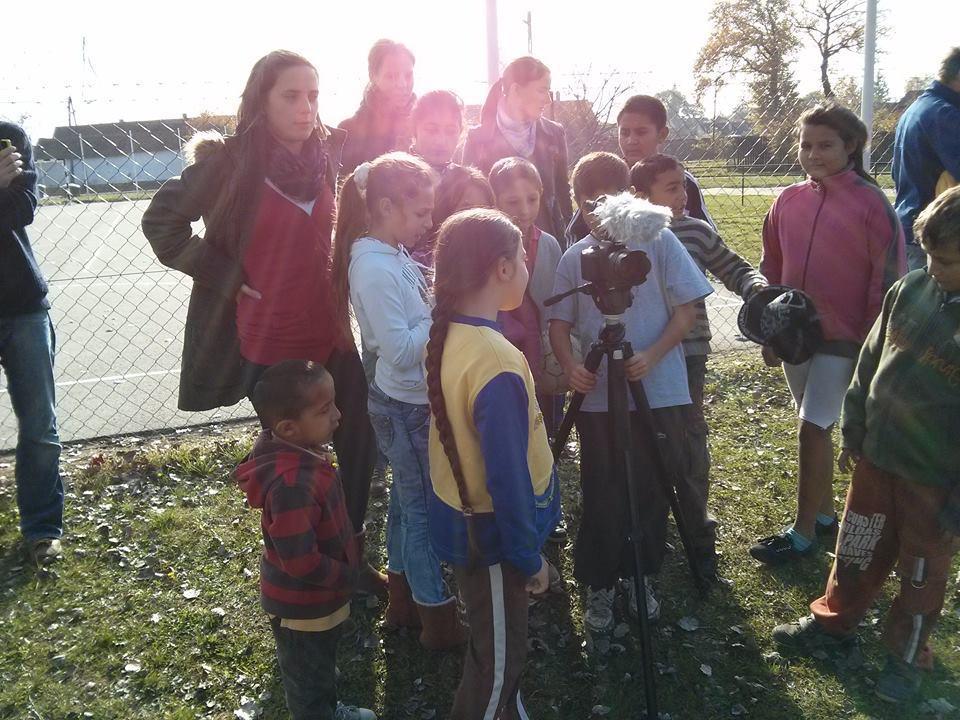Confronting espoused theories with theories-in-use: Challenges of participatory action research with marginalized communities in contributing to social change and theory building
How to counteract hundreds of years of ethnic stigmatization and exclusion that lead to marginalization and segregation for many? How can participatory action research (PAR) contribute to working against social exclusion?
In this paper, we reflect on a PAR process conducted in partnership with segregated Roma communities in Hungary where local middle-class researcher-activists and stigmatized, marginalized, segregated Roma residents, characterized with high social distance, join together with the goal of reducing the poverty and exclusion of the latter.
We learnt that as cooperation among participants shifts from discussions to joint actions, PAR might become a complex and fuzzy process that poses significant challenges for participants and characterized by numerous practical and moral contradictions. Our experience demonstrates that it is a challenging task for PAR to contribute to the empowerment of stigmatized, marginalized and segregated people and communities. Still, analyzing our own place inside the PAR process helps us to realize that common actions provide opportunities for participants to better understand their own behavioral routines and to reflect on their own (often rather narrow) mind-sets.
Challenges PAR processes face in increasing the capacity of stigmatized, marginalized and segregated people and communities in making practical and sustainable changes in their life are further complicated by social hierarchies, power relations and divisions within stigmatized, marginalized and segregated communities. What to think if PAR contributes to enhanced agency for some within a closed, segregated community, while others feel that their situation has not changed or has even worsened? What happens if some community members are deeply involved in the process of cooperation, while other community members are critical or even hostile towards the cooperative process and presence of researcher–activists in the life of an otherwise relatively closed community? These are only a few of the many questions that still remain with us after seven years of PAR cooperation.
We invite you to learn more about this experience by reading our article HERE. Free 30-day access is available for this article beginning May 2018.
After you’ve had a chance to read this piece, please share your thoughts, ideas, or experiences with our community in the comments below so we can continue this discussion!
- Making Public Deliberations Inclusive with Mixed Methods AR - October 26, 2020
- Participatory action research with Aboriginal Elders: Ngulluk Koolunga Ngulluk Koort project - October 12, 2020
- Bringing the relational self to ART: Interview with Dr. Yvonne Skipper - October 1, 2020


